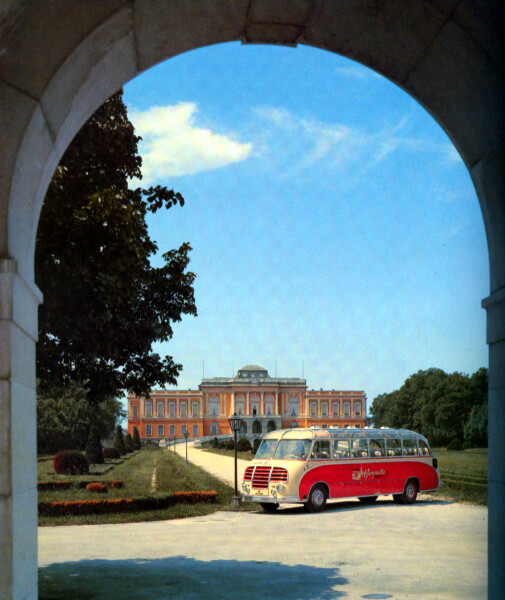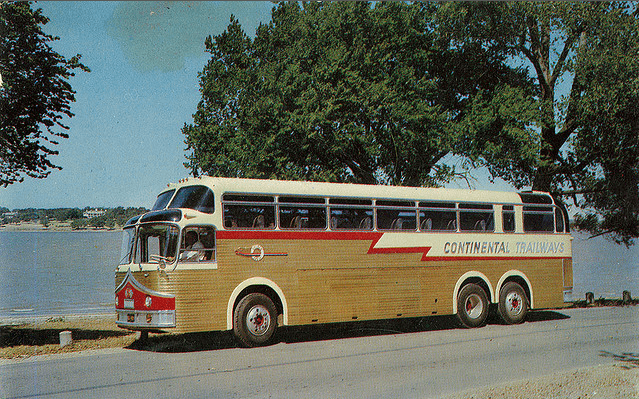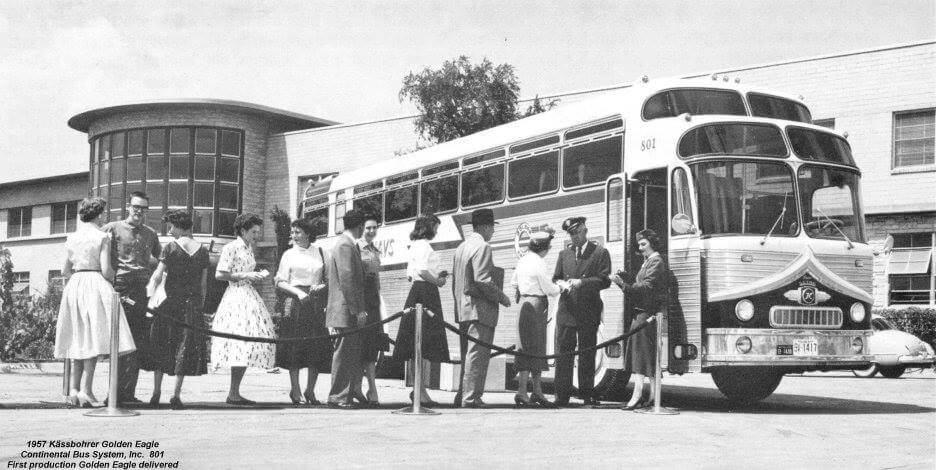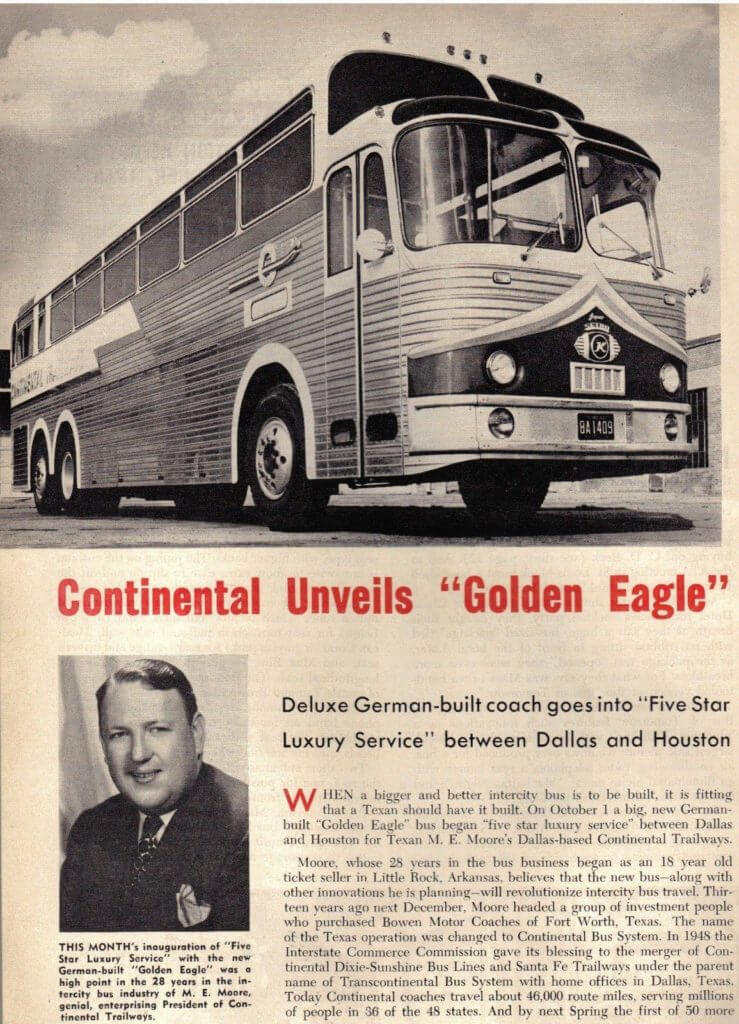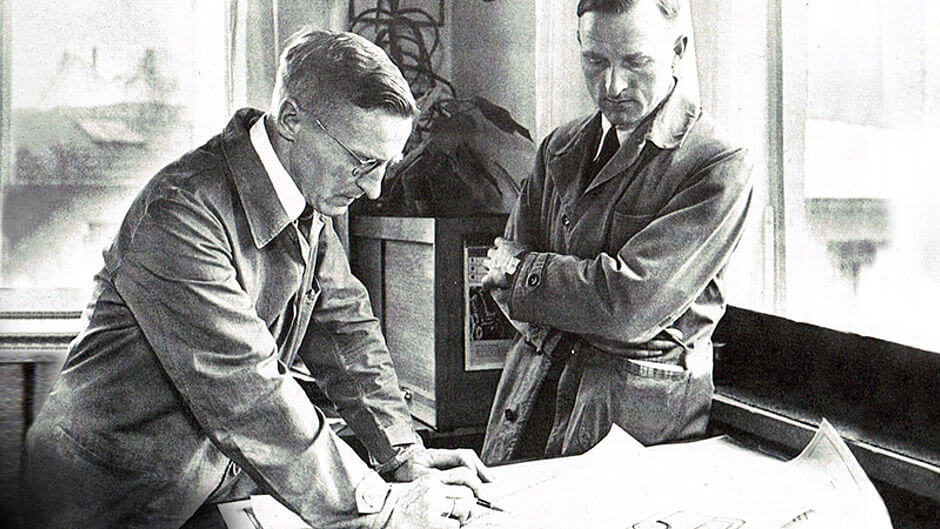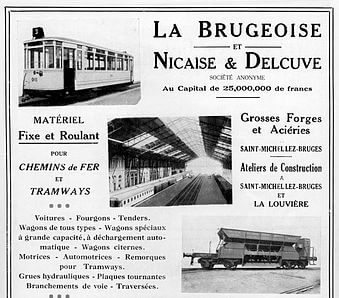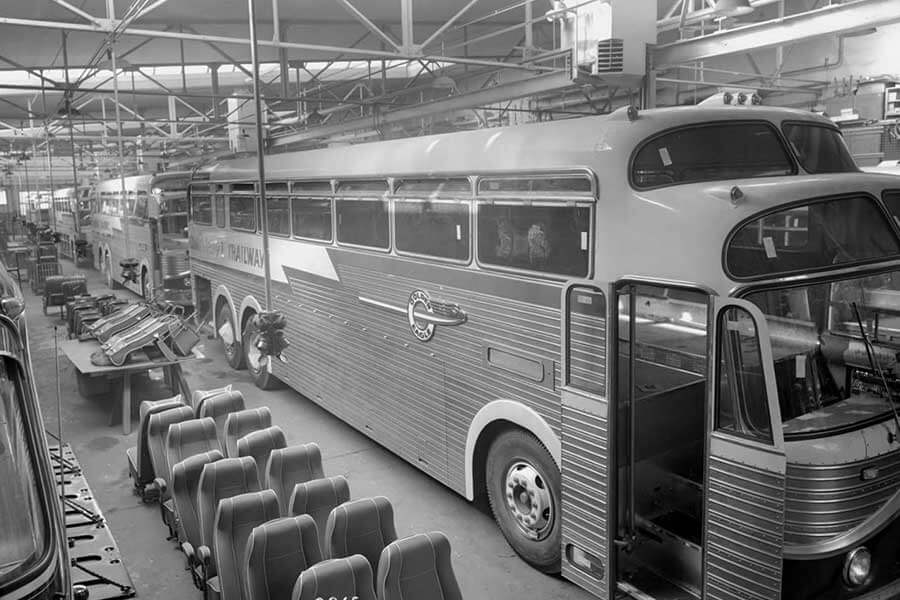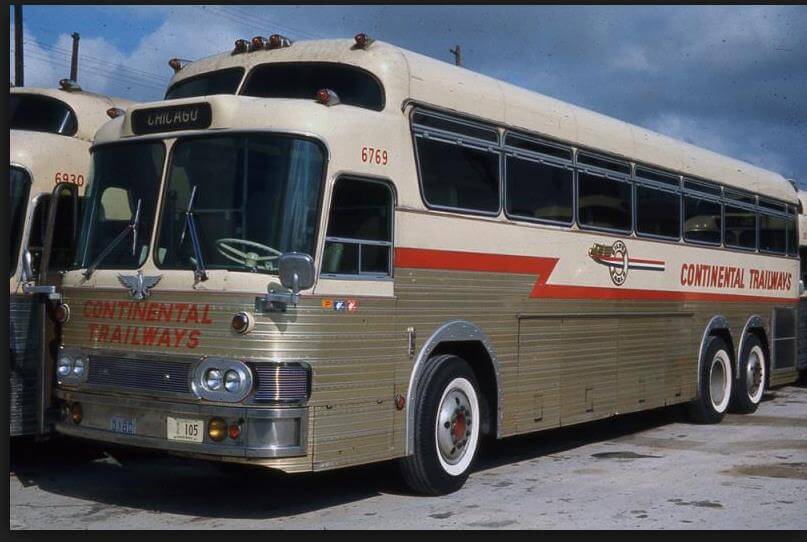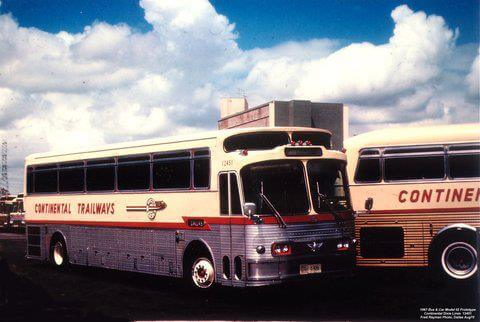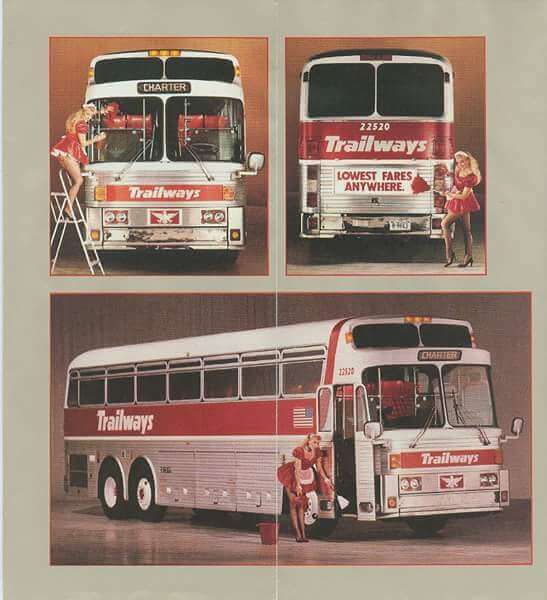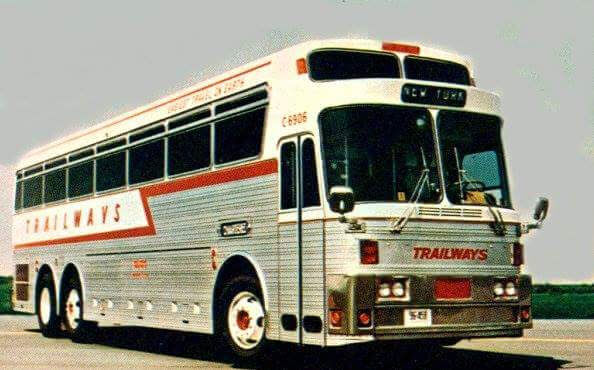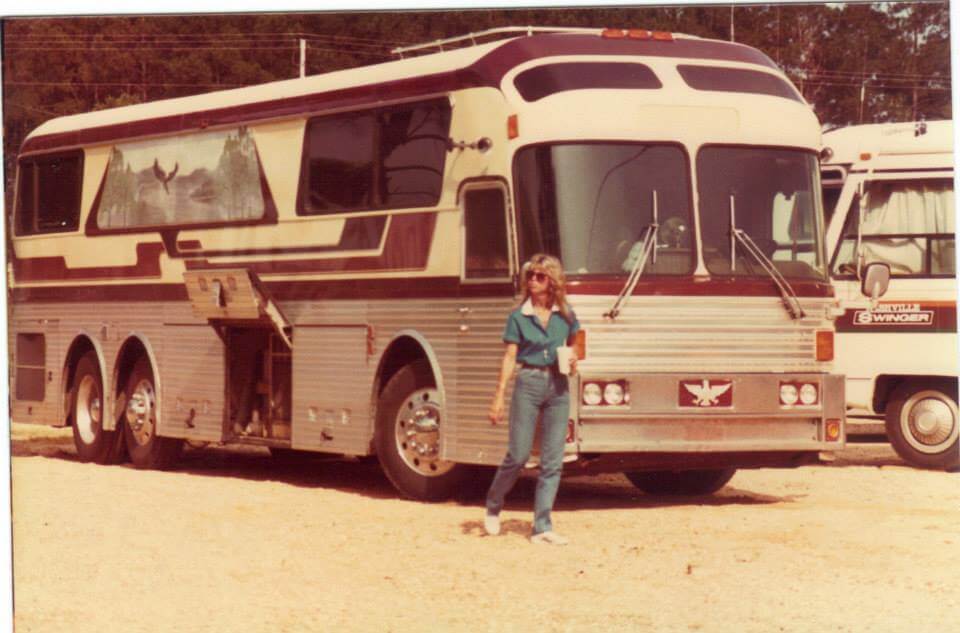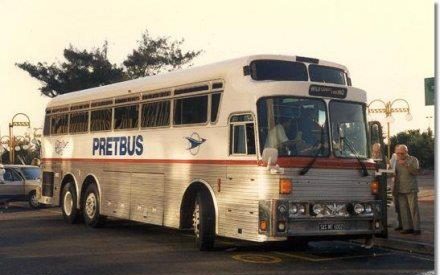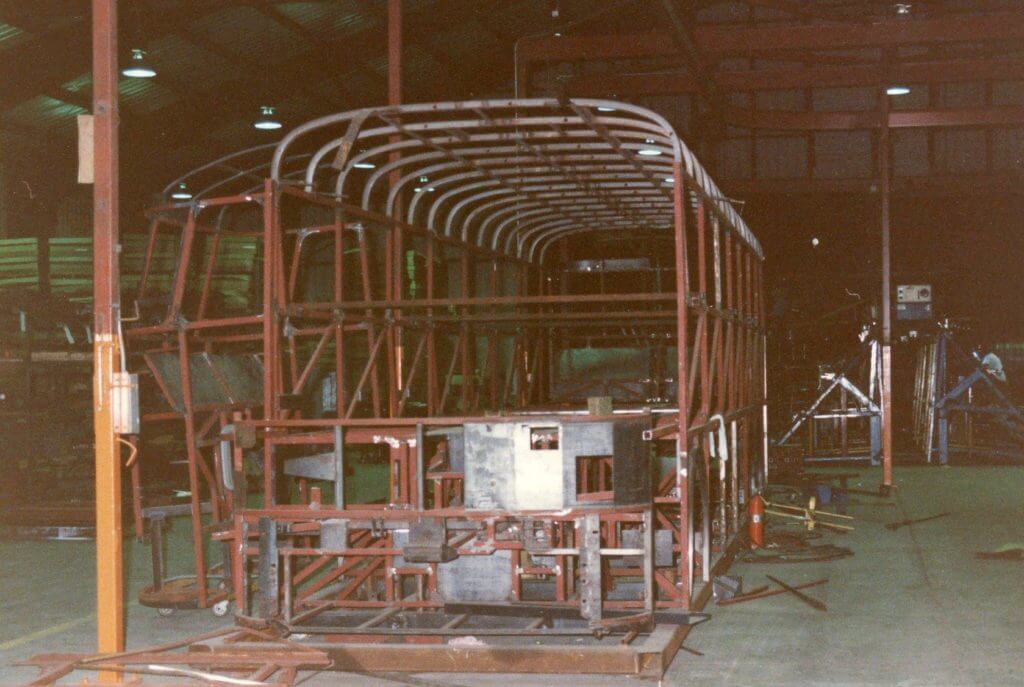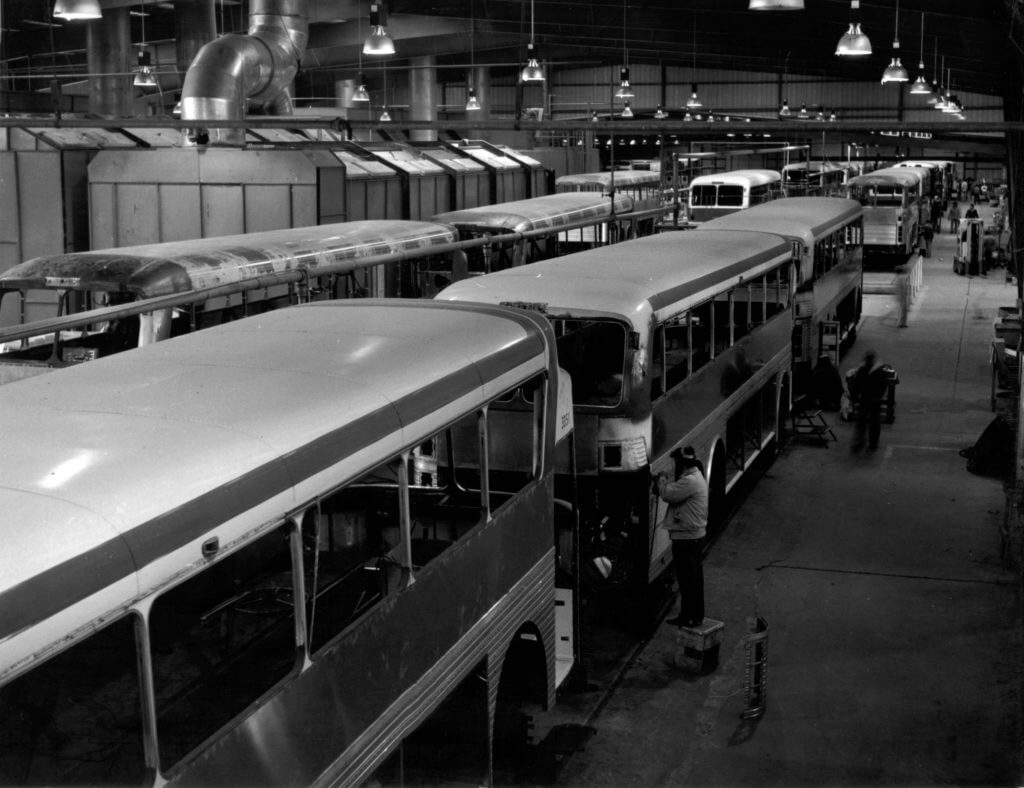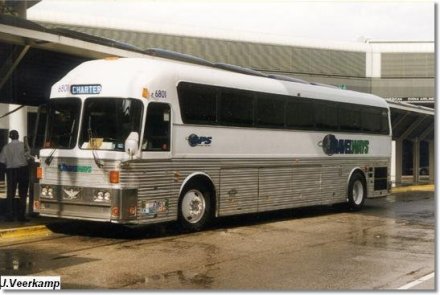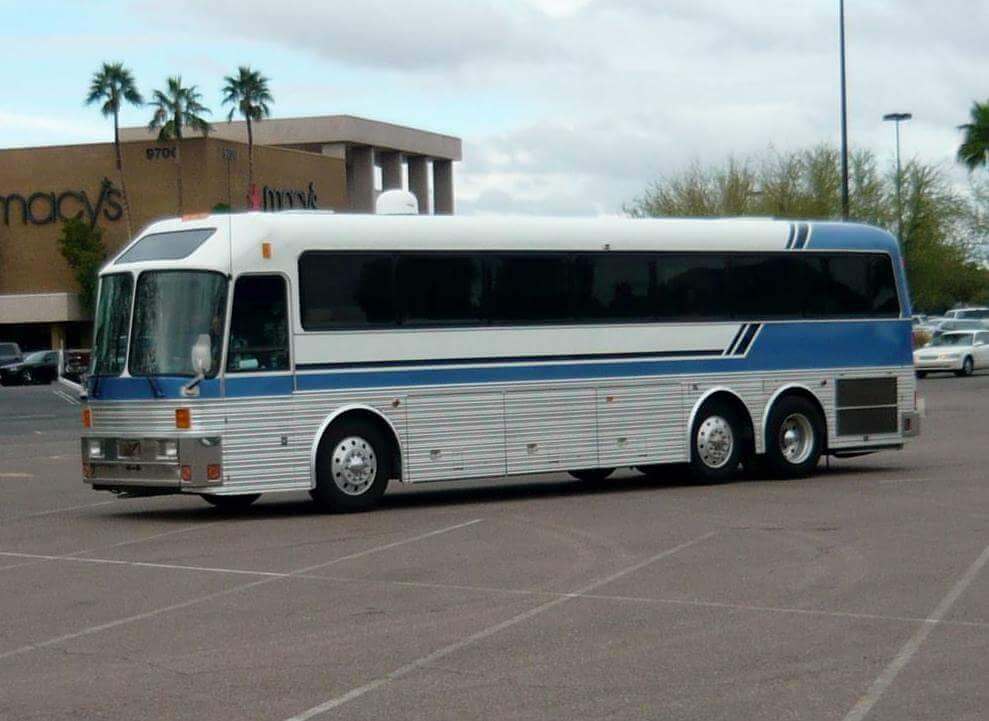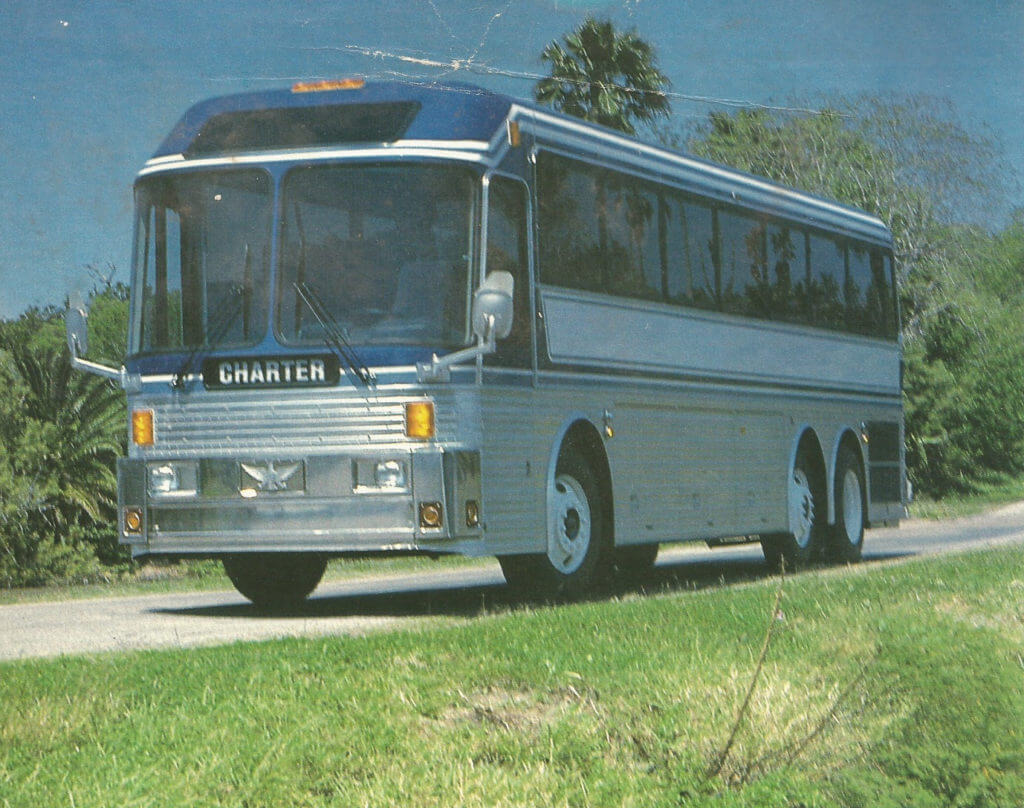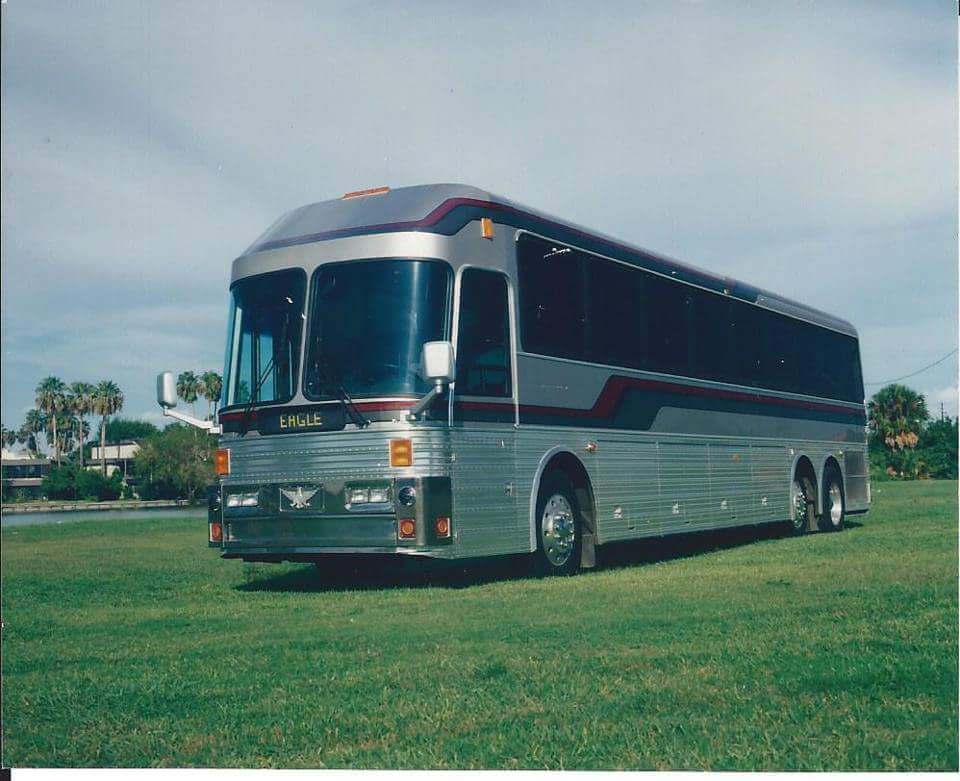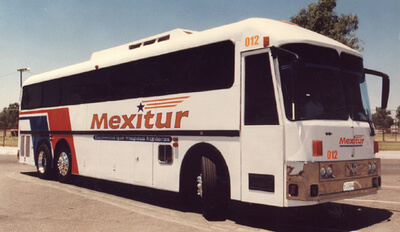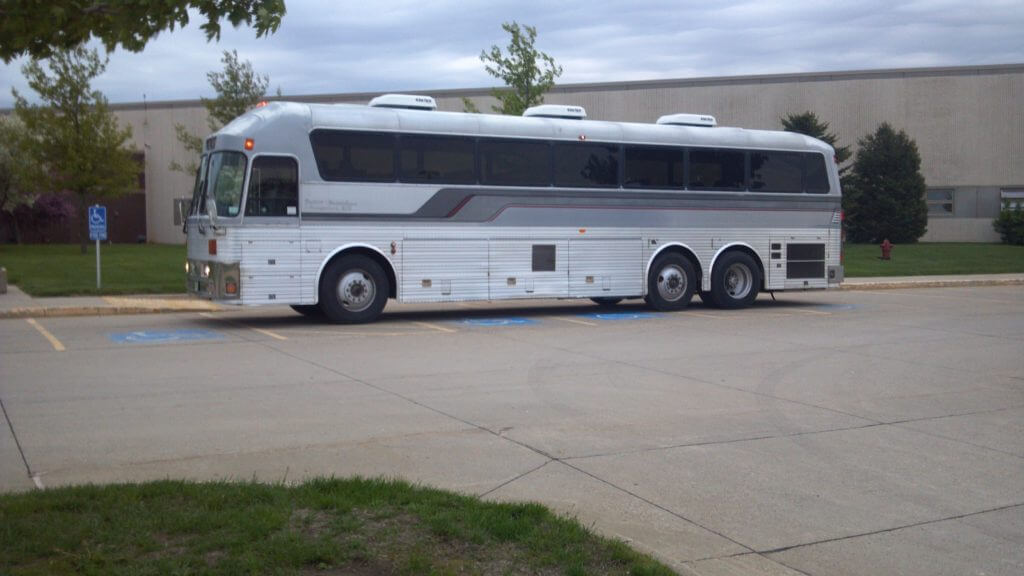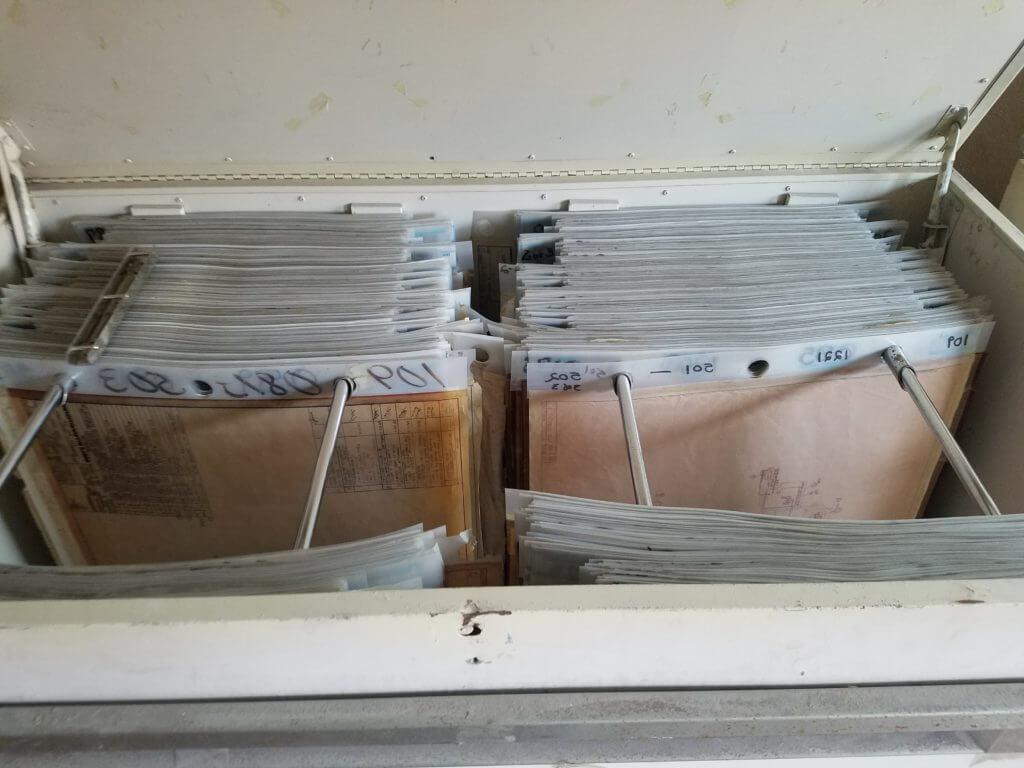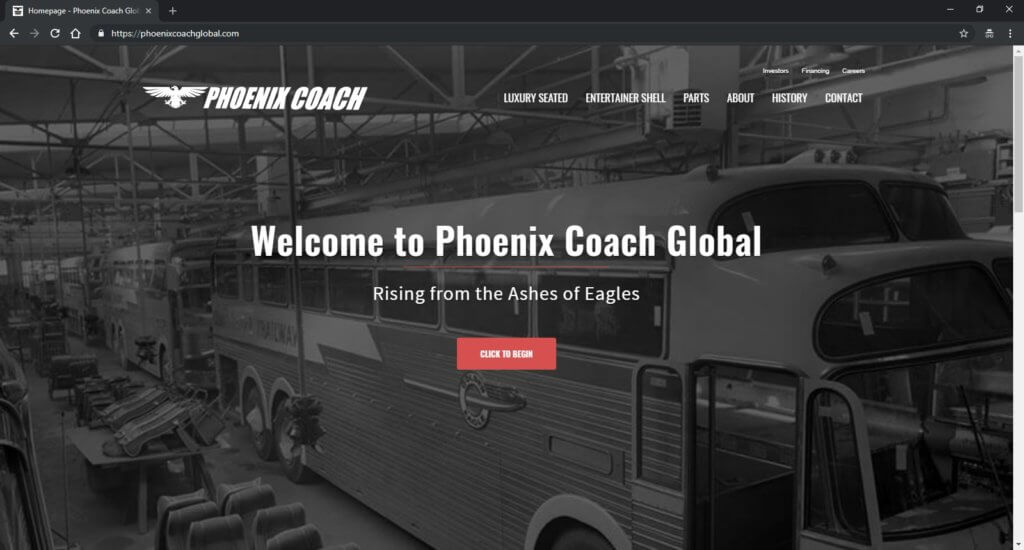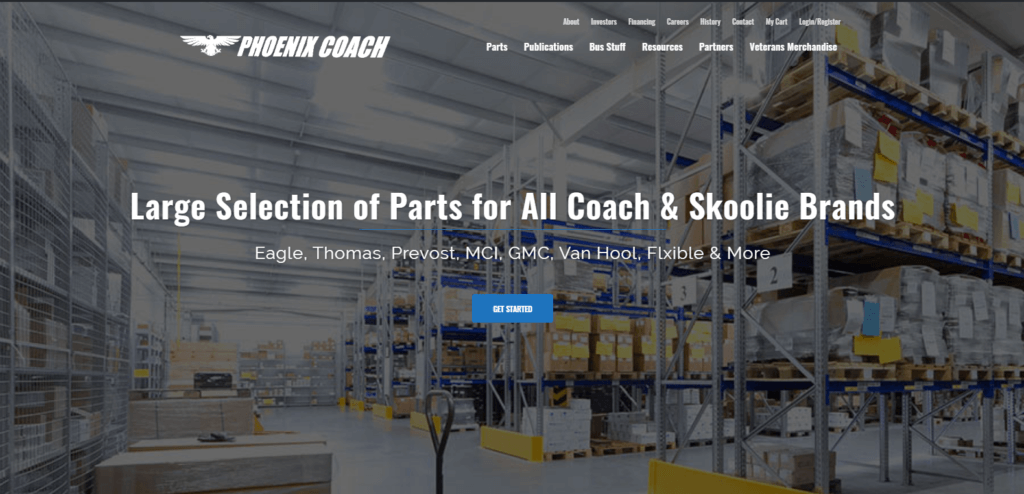Timeline
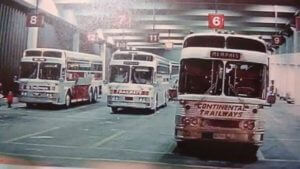
1950
The new chassis-less frame was called Selbst Tragend
In 1950, the demand for commercial vehicles was very high in Europe. At that time, buses and coaches shared chassis with trucks and vans. Since buses only accounted for about 10% of the chassis made, bus manufacturers didn’t have much control over the design or delivery of these chassis. Otto Kassbohrer & Georg Wahl of Kassbohrer Gmbh. designed a new chassis-less body, a self-supporting body frame, independent front suspension with rear engine drive. The new chassis-less frame was called Selbst Tragend (self-carrying). The bus was called “Setra” from the first letters of both words.
This first “Setra” bus was completed at the end of 1950. Its basic structure consisted of a load-bearing frame of a lattice pattern that is welded from high-quality section steel tubes & with sheet steel paneling making it absolutely rigid. It was tested for weeks over good and bad roads. The performance was so outstanding as to eclipse all previous buses. The coach shown above was this first vehicle and remained in service for over 14 years and over 1 million kilometers.
1956
Karl Kässbohrer of Ulm builds first Eagle
The first Eagle coach was built in Germany by the Karl Kässbohrer firm of Ulm in 1956. The Eagle coach was the result of a contract between Continental Trailways in the United States and the Kässbohrer company.
Continental Trailways was looking for a 40-foot coach to compete with Greyhound’s Scenicruiser. Unable to find a North American manufacturer who would start production on their terms, Continental started looking overseas. At least one manufacturer in Ireland was considered first, followed by at least one English bus builder. Next up was Germany where Continental considered buying Neoplan. That fell through so Continental looked to Kässbohrer. Kässbohrer had connections to M.A.N. for diesel engines and Z.F. for transmissions and was willing to work on Continental’s terms. Kässbohrer was also the pioneer for integral (no separate body and chassis) and articulated buses in Europe. Their patented trailing section dominated the articulated market for nearly a decade. Continental had an idea of what their dream coach would look like and gave their requirements and sketches to Kässbohrer. Continental watched as Kässbohrer designed the new bus and approved every line of the new drawings. Continental gave their new bus the name of Golden Eagle as they acquired an eagle trademark as part of their 1953 purchase of American Buslines. In mid-1956, Kässbohrer built a single high specification 40 foot, 3-axle luxury coach specifically designed for and partly by Continental Trailways. It was a prototype and when finished it was shipped to Houston for evaluation. Continental was mostly very happy with it but asked Kässbohrer for some changes to be made before production started.
1957
Continental Trailways contracts 126 Coaches from Kässbohrer
In May 1957 President Maurice E. Moore of Continental Trailways again visited the Kässbohrer factory. He signed a contract for two Academy Express articulated coaches, 50 more Golden Eagles, four Super Golden Eagles and 41 Silver Eagles for delivery in 1957 and 1958 plus 85 more Silver Eagles for later delivery.
The two Academy Express articulated coaches came first in 1957. Fifty Golden Eagles with M.A.N engines and Z.F. preselector transmissions were delivered later in 1957 with the last few in 1958. Four articulated Super Golden Eagles with Rolls-Royce diesel engines followed them. Forty-five Silver Eagles were to have followed in 1958 but the number was reduced to 41 because Continental bought the two articulated Academy Express coaches from Kässbohrer in 1957 to take the place of the four missing Silver Eagles. These two were each built on an underfloor-engined Henschel chassis with Kässbohrer bodywork. They were part of Kässbohrer’s standard product range for their German customers and technically were not Eagles.
1958
Kässbohrer Builds 41 Silver Eagles, again, for Trailways
Later in 1958, Kässbohrer built the forty-one Silver Eagles. This factory run had the same general external look but with a lesser interior specification. Gone were the galley and tables, which were replaced with forward-facing seats. These were called Silver Eagles as the golden-colored aluminum sides were replaced with silver-colored paneling. The Silver Eagle became the new standard coach of Continental Trailways.
As with the 1956 Golden Eagle prototype, Continental wanted to build up some time and mileage on these new coaches before deciding on what changes to make in the next batch. Continental wanted a new front end design and a standard American powertrain and presented these ideas to Kässbohrer, who agreed to them. Design work started and production was scheduled for the middle of 1960.
1959
Kässbohrer Sells all Eagle Infrastructure to Continental Trailways
Sometime in 1959 Kässbohrer decided to concentrate all of its resources on the rapidly expanding European market and wanted to wind down the manufacture of Eagle coaches. A new agreement was worked out between the two companies. In the agreement, Kässbohrer sold all of the plans, tooling and existing spare parts for the Eagles to Continental. They also agreed to supply certain assemblies and parts for the eighty-five 1960 Silver Eagles that had previously been agreed to. After that, Continental had to find a new European partner if they wanted to keep building Eagle coaches in Europe.
1960
Continental Trailways teams up with La Brugeoise et Nivelles
In time Continental teamed up with La Brugeoise et Nivelles in Belgium, an old company mainly building railway equipment. With the help of La Brugeoise, Continental established its own factory in Belgium, giving it the name Bus & Car, N.V. (N.V. is the Dutch/Flemish term for Inc.). La Brugeoise assembled the 85 NEW Silver Eagles as they were called during late 1960 and 1961.
1961
Eagle Model 01 is Produced by La Brugeoise
In November 1961, Bus & Car, N.V. started producing Eagle coaches. They were called the Model 01 and were nearly identical to the NEW Silver Eagles built by La Brugeoise. The first Bus & Car Eagles introduced a wraparound mesh grill which remained an Eagle feature until 1969. Lower labor costs plus the fact that the tooling was already in Europe were the main reasons to build coaches in Belgium. From this point on Eagles used many imported US components such as Detroit Diesel engines, Spicer transmissions, Lockheed brakes, Carrier compressors and Ross steering gear. Bus & Car built the Model 01 until mid-1968.
1964
Model 01 Appearance & Design Changes Begin
Of the many running changes to the Model 01 during its lifetime, most were first seen in the 1964 models. Some were just appearance changes, but others were engineerings, such as an air-operated parking brake and new air intakes for the engine. Most appearance features remained the same from 1965 through 1968 except that the front of the silver siding and lightning bolt trim that was raised to the window level in 1965 and stayed there until the 1975 models arrived. 1963 models were built with taller roofs than the others but this was for only that one year.
1968
Eagle Model 05 is Introduced
In mid-1968, the new Model 05 was introduced but it continued to use the Model 01 body style. There were a number of internal changes but the main visible differences were the moving of the drive axle behind the bogie axle and the replacement of the four small baggage doors on each side with three larger ones. Trailways listed the last twelve of these as 1969 models but that may be based on when they were titled in the USA and not when they were actually built. 2041 Eagle Model 05 coaches were produced on 2 different continents, over 11 years. This coach became the iconic coach typically associated with Trailways. The Model 05 also became the leader in the conversion entertainer shell industries in their 2nd lives.
1972
Eagle Model 09 is Produced for South African Railways
In 1972, Bus & Car built twenty Model 09 Eagles for South African Railways. These had the external appearance of the 05, and were shorter but retained the three axles. Other exports of adapted Model 05’s were made to Australia (24 coaches), Canada, Thailand and many European countries.
1977
All US Eagles are Now Produced in TX
Rising labor costs in Belgium and a declining dollar resulted in the decision to shift production for the US market to the other side of the Atlantic. The Eagle International factory started delivering buses made in Brownsville, Texas late in 1974. For two years, both the Bus & Car and Eagle International factories produced coaches for the US market, but since 1977, all US Eagles were produced in Texas.
1982
1982 Eagle Model 10S
In 1982 Eagle offered a 2-axle suburban version of the Model 10 Eagle. A special plant was built in Harlingen, Texas to produce the model. However, axle load limitations reduced its usefulness and few were built. Travelways 6801 is seen at Miami International Airport in January 1999.
1983
First Australian Model 10 Produced
The first right-hand-drive was built in August 1983 from Brownsville production for Stateliner in Australia.
1985
Eagle Model 15 is Introduced
In 1985 production of the 102-inch wide Model 15. The only other Eagle coach built in a width of 102″ was the Model 07. The Model 15 has increased aerodynamics with a gently tapered front, Better scenic experience with larger side glass, and featured electrical updates in the wiring system. 687 total Eagle Model 15 were produced by Eagle in 11 years.
1987
Eagle Model 20 is Introduced
The Model 20 was introduced in 1987, which was an updated Model 10 with the external styling of the wider Model 15. The Model 20, like the Model 10 was a 96″ wide coach. The Model 20 shared similar styling as the Model 15 but a narrower chassis to meet the needs of customers, due to their narrower roads, in the northeast, for European customers, and Australian customers. Externally it is difficult to distinguish the Model 15 and 20. Over the years, many smaller improvements were made and some companies ordered special versions of the standard models. For example, New Jersey Transit bought a special version of the Model 20 which had very large front destination displays and large black helper bumpers. These bumpers are common in the intracity transit industry and designed to reduce the impact force of a motor vehicle on a pedestrian.
1988
2 Model 15 Variants are Introduced
In 1988, a 2-axle 35-foot version and a 3-axle 45-foot version of the Model 15 were introduced. The introduction of the 45ft was the first in the industry. Spearheaded by development for the entertainer coach industry, the competition took an additional 3 years to introduce their own 45ft coaches. In 1989, smooth sides became an option. The Eagle had long ago became popular as a conversion shell for motorhomes and entertainer’s coaches and this market segment was not neglected. Over 3,000 Eagles have been built in Texas, mostly for the North American market, though some were exported to Australia, Chili & Taiwan.
1990
Eagle Stops Production
Despite the sales and delivery of 341 Model 15 Coaches in 1989 and 1990. Eagle was forced to stop production in December 1990 due to a protracted drivers strike. Greyhound filed for Chapter 11 bankruptcy in 1991.
1992
Eagle Bus Manufacturing, Inc Resumes Coach Production
Bus production resumed in July 1992, but output remained low, with a large proportion of vehicles built as conversion shells for the entertainer market. Grupo & Ruvesa S.A. De C.V. produced approximately 18 coaches. All of these coaches had the trademark Eagle Styling and Torsilastic suspension. By the end of the decade, dues to poor marketing and sales, Grupo & Ruvesa S.A. De C.V. filed for Chapter 11 protection in January 1998 and Eagle stopped production.
2014
Phoenix Coach Technologies releases first interactive Drivers Resource Map
At Phoenix Coach, we strive to make the jobs all of all operators, mechanics, and owners as easy and pleasant as possible. We want to provide the tools and services that make not only your experience but the experience of your customers the greatest it can be. Through community involvement, (additions can be done below the map) this map has been created to give you the resources you need when you need them.
2015
Building Phoenix Coach
In the years since production ended, many components of the manufacturing process were moved in many different directions. Part of the planning to bring the Model 15 back into production involved either finding the old equipment and plans or building new. As a team, both avenues were pursued to ensure the end result, the construction of a superior coach. 1 part engineering and 1 part archeology, the treasure hunt began. The original blueprints were located and acquired. The original molds, fixtures, and jigs were located and the effort to bring it all together under one roof began. Throughout the process, careful consideration was given to return on investment for the business to ensure long-term viability. Contingency plans were designed to ensure the business as a whole were not dependent on any component to reach the ultimate goal of building an all American coach.
2018
Phoenix Coach Launches the Website
After months of painstaking research, coding and testing, Phoenix Coach Global launches it’s website for the public. With the launch saw the addition of products never before available in Eagle history. New products and services are added daily as more fill the void within the industry. Phoenix Coach has created a wesbite capable of adding vendors for all bus and motorcoach parts under one roof. With the success of the Vendor Signup porgram, bus and motorcoach parts manufacturers have a new avenue of getting their products in front of the customers in an easy to use website, full of features that aide in building a better buisness.
2018
Phoenix Coach Parts Store Launches
After months of hard work and dedication, Phoenix Coach Parts launched its online store. The e-commerce website offers more bus and motorcoach parts anywhere in the world. https://store.phoenixcoachglobal.com


